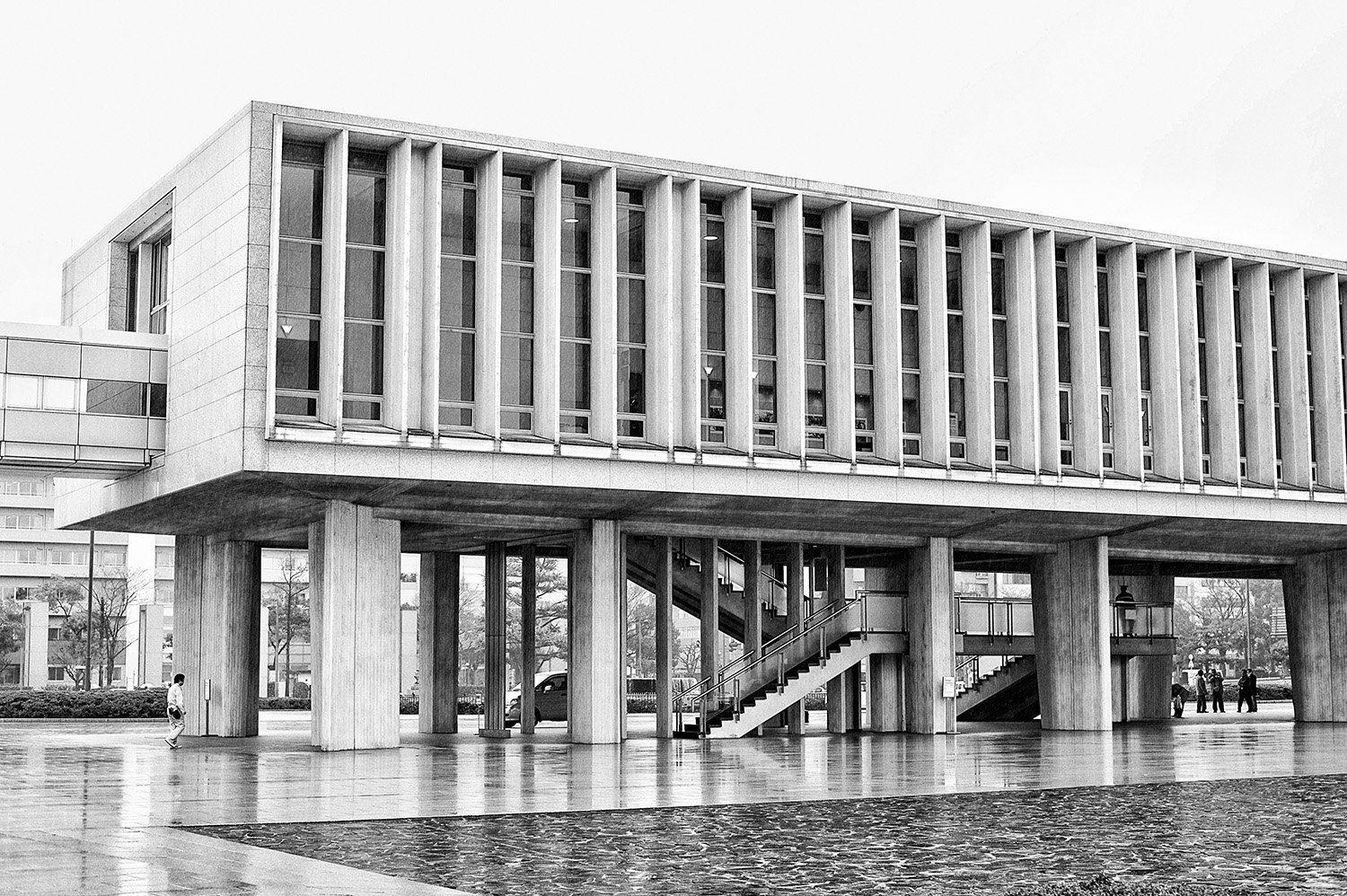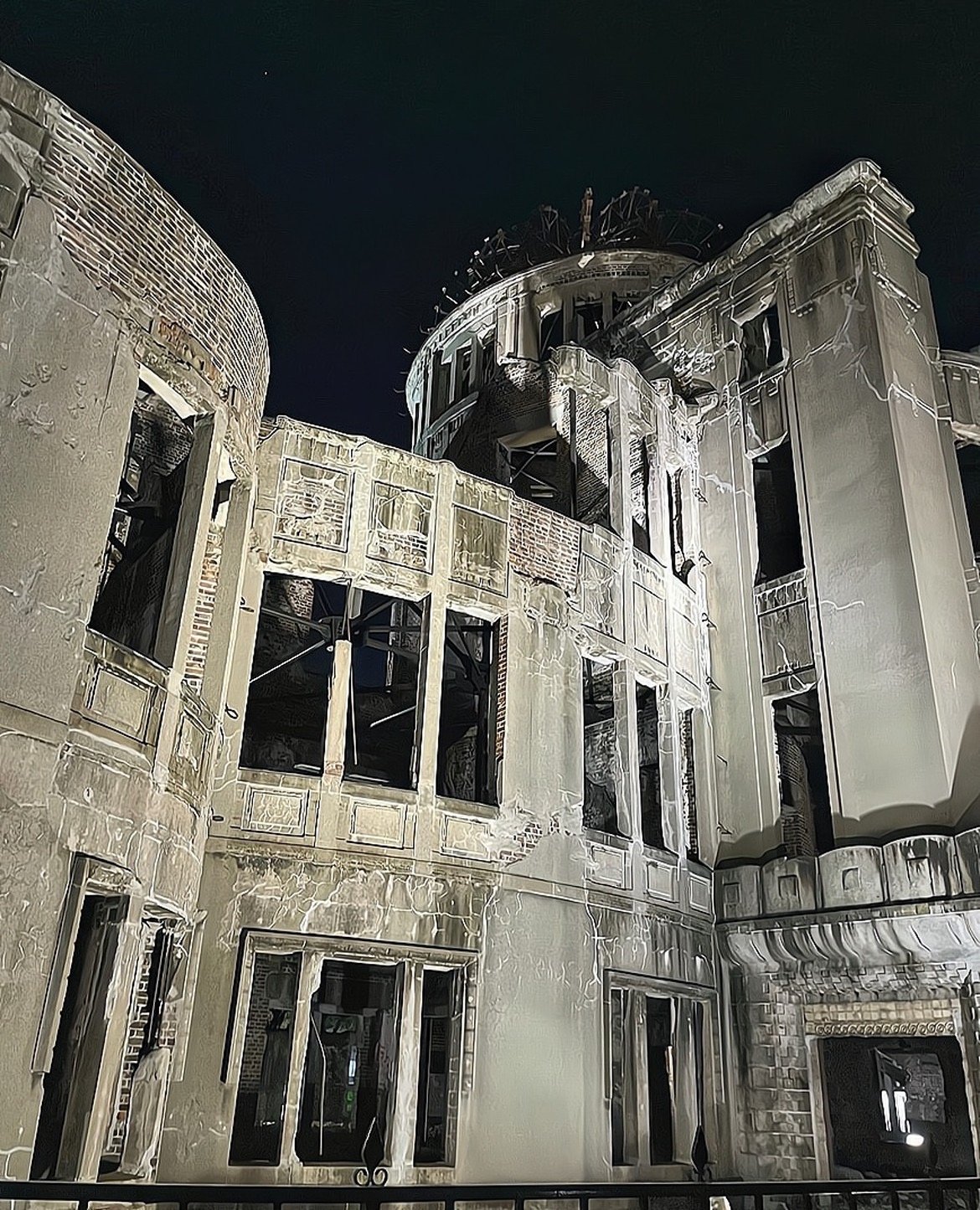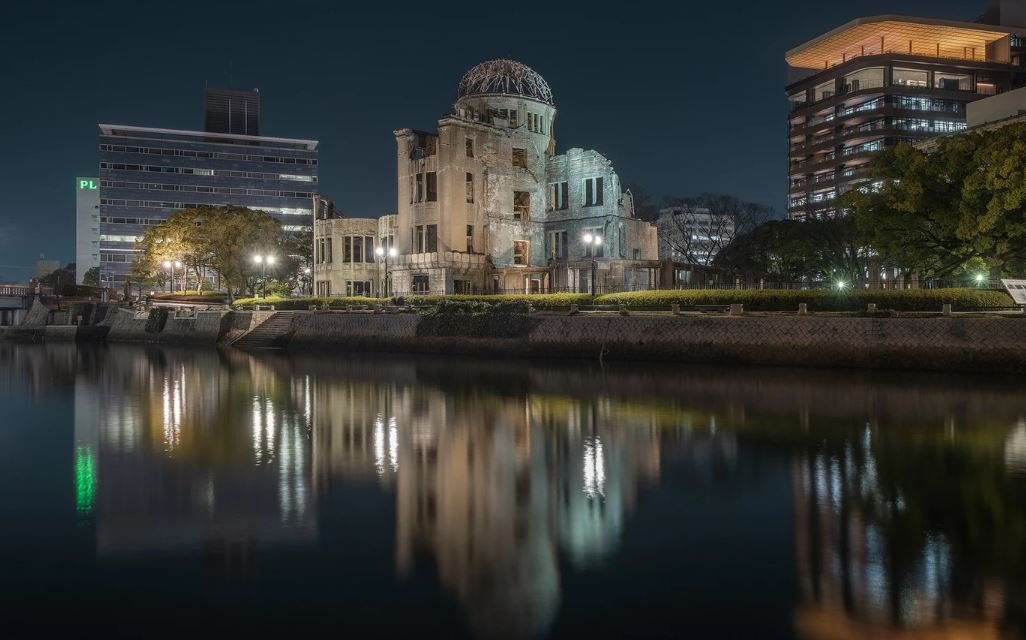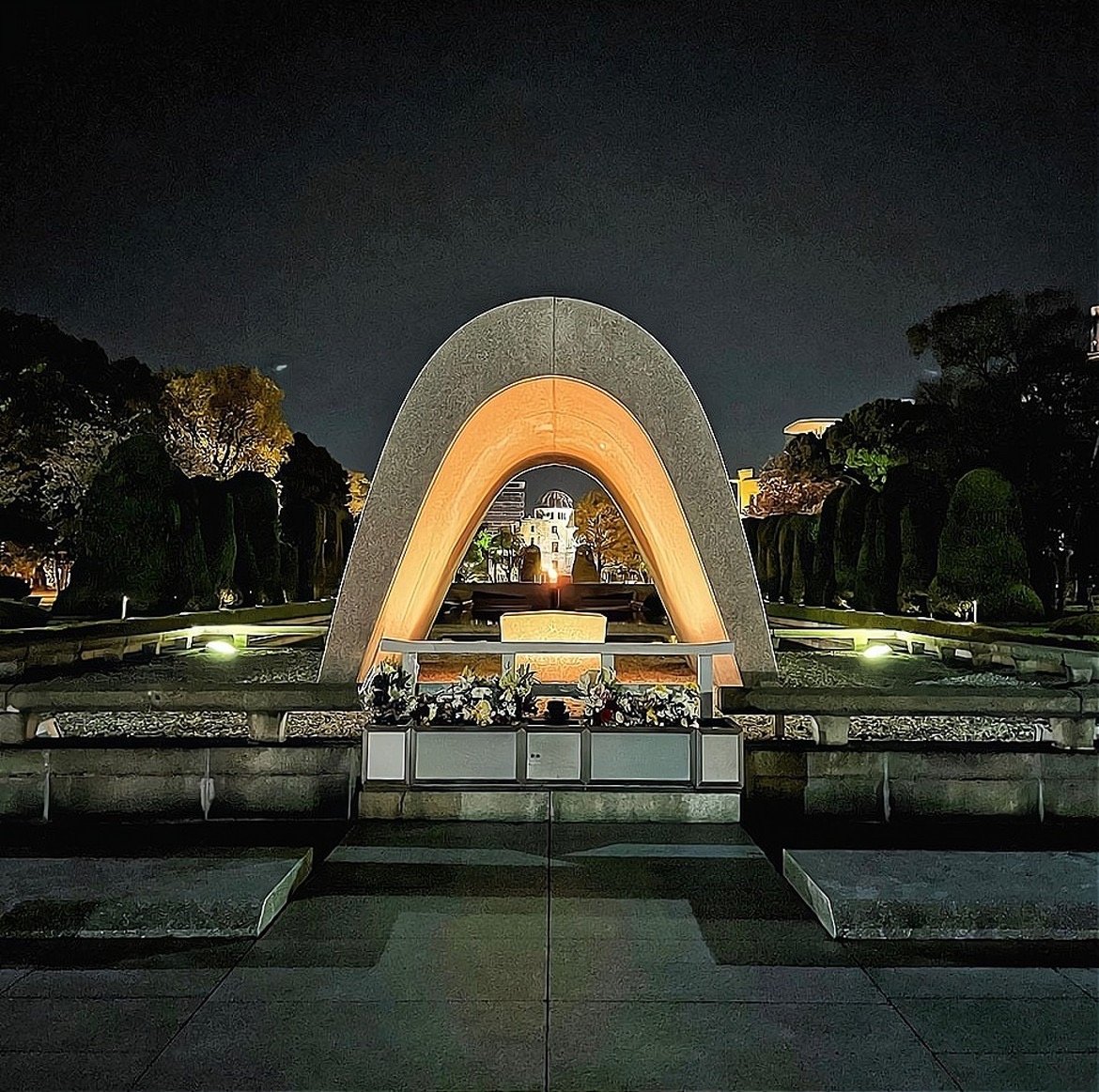World War II left scars that transformed the physical and psychological landscapes of nations. In Japan, one city that bore the heavy imprint of war was Hiroshima, known for the tragic atomic bomb event. The task of rebuilding this city fell into the hands of several architects, one of whom was Kenzo Tange, whose work played a pivotal role in defining Hiroshima's new architectural identity.
Kenzo Tange designed the Hiroshima Peace Memorial Park as a space for remembrance and peace. Located at the epicenter of the atomic explosion, the park was created to serve as a constant reminder of the devastating effects of war and the enduring hope for peace. Within this park lies several significant structures, each contributing to its poignant narrative.
The most recognizable structure in the park is the Atomic Bomb Dome, also known as the Hiroshima Peace Memorial. Originally designed by Czech architect Jan Letzel as the Hiroshima Prefectural Industrial Promotion Hall, the building was nearly directly under the bomb when it detonated. Miraculously, part of the structure survived, and the ruins were preserved in their post-bombing state. The Dome serves as a haunting reminder of the destructive power of war, standing in stark contrast to the peaceful surroundings of the park.
The centerpiece of the park is the Peace Memorial Museum, also designed by Tange. The museum is a remarkable example of modernist architecture, characterized by a unique cantilevered structure. The design incorporates long horizontal elements that appear to float above the ground, symbolizing the hope of a nation elevated from the ashes of war. Inside, the museum houses exhibits that tell the story of the bombing and its aftermath, promoting a deep understanding and commitment to peace.
Tange's architecture is a testament to the transformative power of design. He was able to turn a place of devastation into a space of peace and reflection. His work in Hiroshima embodied an acknowledgment of the city's painful past, a tribute to its resilience, and a forward-looking vision towards peace.
Acknowledgements
A special note of appreciation to Niculaus Wauter, Gohyo Kiyama and David McMonagle for granting permission to use their beautiful photographs in this blog post:
1. Image: Peace Memorial Museum by stockarch.com is licensed under a Creative Commons Attribution 3.0 Unported License
2. Image: Atomic Bomb Dome by Gohyo Kiyama
3. Image: Atomic Bomb Dome by David McMonagle
4. Image: Atomic Bomb Dome by Nicolas Wauters
5. Image: Peace Memorial Park by Gohyo Kiyama




